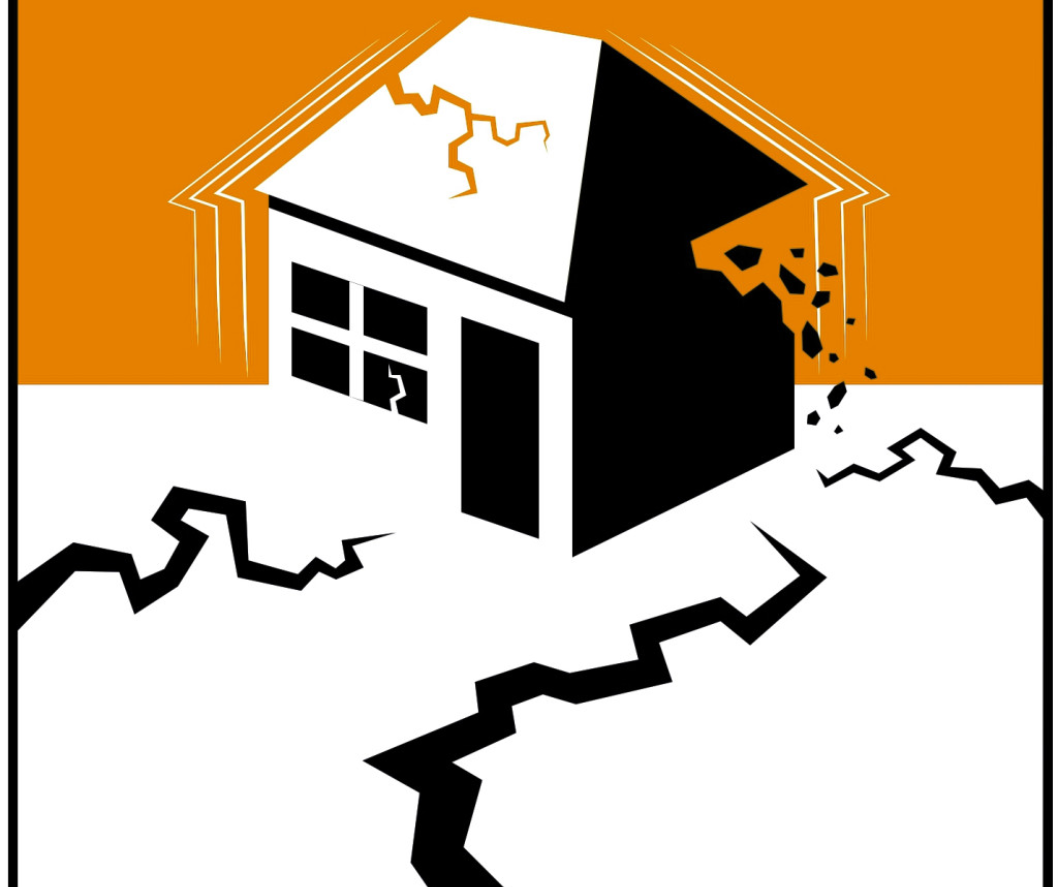Don't have an account?
Login to EaseMyDeal

2023-10-03
252
Recently, North India and Nepal experienced a significant earthquake with a magnitude of 6.2. Earthquakes are unpredictable natural disasters that can cause devastation and panic. To navigate these critical situations successfully, it is crucial to be well-prepared. In this article, we will provide a comprehensive guide on how to stay safe during an earthquake, including essential dos and don'ts.
The Unpredictable Nature of Earthquakes
Earthquakes strike suddenly and without warning, leaving little time for reaction. In these moments, it's essential to remember that taking responsibility for your safety should be your top priority. Here's how you can protect yourself until help arrives:
The 3 Rules of Earthquake Safety
Remember the three fundamental rules for earthquake safety: Drop, Cover, Hold On.
1. Drop: Before the earthquake knocks you off balance, drop to your hands and knees. This position not only prevents you from falling but also gives you mobility if necessary.
2. Cover: Seek shelter under a solid desk or table and protect your head and neck. If no such shelter is nearby, crouch down beside an interior wall or low-lying furniture that won't fall on you. Use your hands and arms to shield your head and neck.
3. Hold On: Cling to your shelter or your protected head and neck until the shaking subsides. If the earthquake moves your shelter, be prepared to move with it. Maintaining a secure position is crucial to minimize the risk of injury.
Creating an Earthquake Emergency Kit
To prepare for future earthquakes, the National Disaster Management Authority (NDMA) recommends assembling an emergency kit. This kit should include the following items:
Battery-Operated Torch: A reliable source of light is essential, especially if the power goes out during an earthquake.
First Aid Kit and Manual: Be equipped to handle minor injuries until professional help arrives.
Chlorine Tablets or Water Purifiers: Access to clean drinking water is crucial. These items can help ensure your water supply is safe.
Essential Medicines: If you or your family members rely on prescription medications, keep a supply on hand.
Extra Batteries: Ensure you have spare batteries for your flashlight and any other essential devices.
Thick Ropes: These can be used for various purposes, including making temporary shelters or aiding in rescue efforts.
Sturdy Shoes: Durable footwear can protect your feet from debris and sharp objects if you need to navigate unstable terrain.
The Controversy Surrounding Earthquake Preparedness
While earthquake preparedness measures are crucial for individual safety, there has been ongoing debate and controversy around the broader issue of disaster preparedness, response, and government actions.
1. Infrastructure and Building Codes: Critics argue that inadequate building codes and lax enforcement can lead to more significant damage during earthquakes. Governments and local authorities must ensure that construction standards prioritize earthquake resistance.
2. Public Awareness: There is a need for greater public awareness campaigns to educate individuals and communities about earthquake preparedness. Many people still lack the knowledge and resources to protect themselves effectively.
3. Government Response: The effectiveness of government responses to earthquakes has been a topic of scrutiny. Quick and well-coordinated government actions can save lives and minimize damage.
4. Community Resilience: Building resilient communities that can better withstand and respond to earthquakes and other disasters is a long-term goal that requires investment in education, infrastructure, and disaster management systems.
Conclusion
Earthquakes are natural disasters that can strike at any moment, leaving destruction and chaos in their wake. However, with proper preparation and adherence to safety guidelines, individuals and communities can significantly reduce the risks and impact of earthquakes.
Remember the key dos and don'ts: find immediate shelter, think before reacting, use stairs, and follow the 3 rules of earthquake safety—Drop, Cover, Hold On. Additionally, assembling an earthquake emergency kit, as recommended by the National Disaster Management Authority (NDMA), is a proactive step toward ensuring your safety and that of your loved ones during such emergencies.
While personal preparedness is crucial, addressing broader issues such as building codes, public awareness, government response, and community resilience is equally essential. By working together and prioritizing earthquake preparedness, we can minimize the loss of life and property damage caused by these unpredictable natural events. In the face of an earthquake, preparation and knowledge are your best allies.

Write A Comment